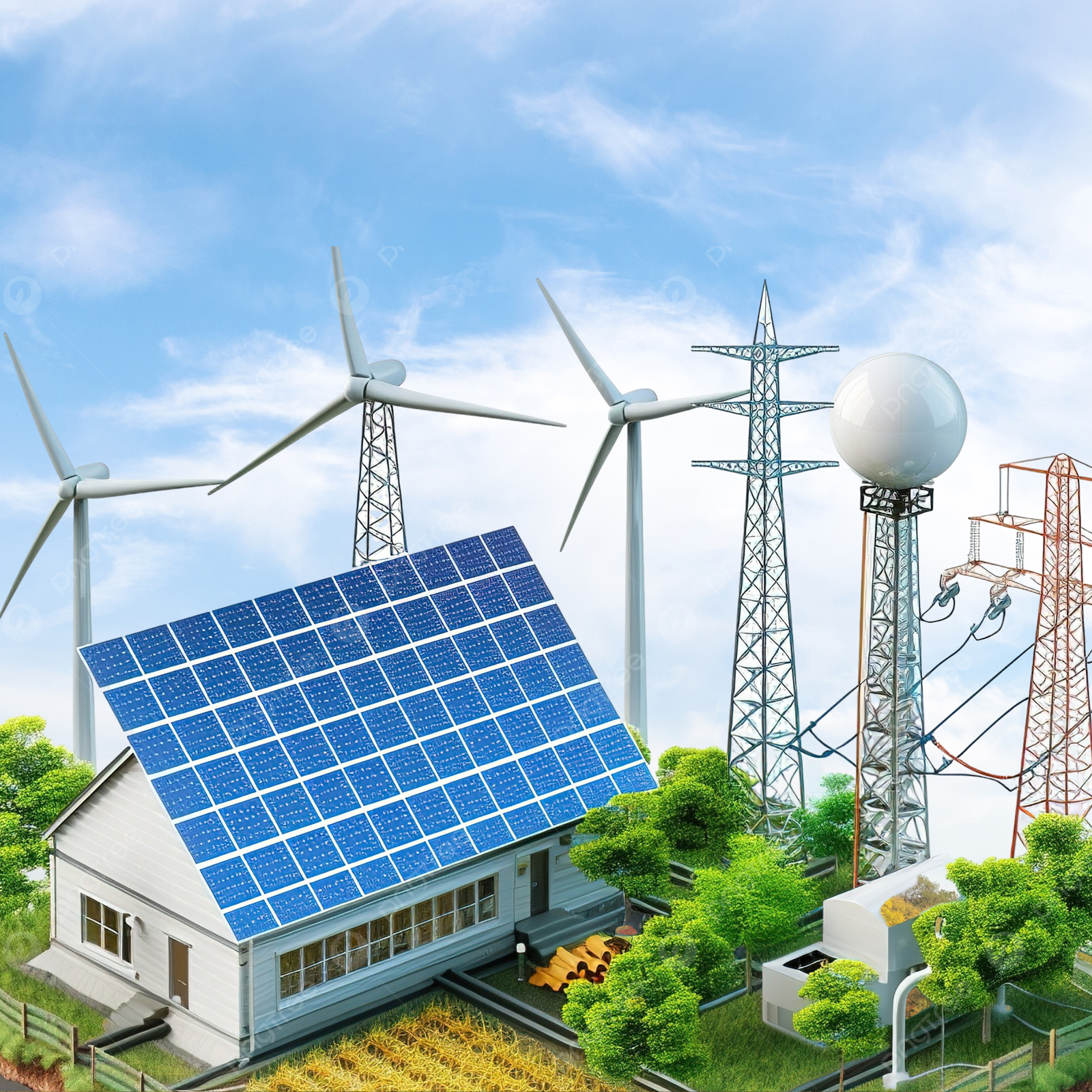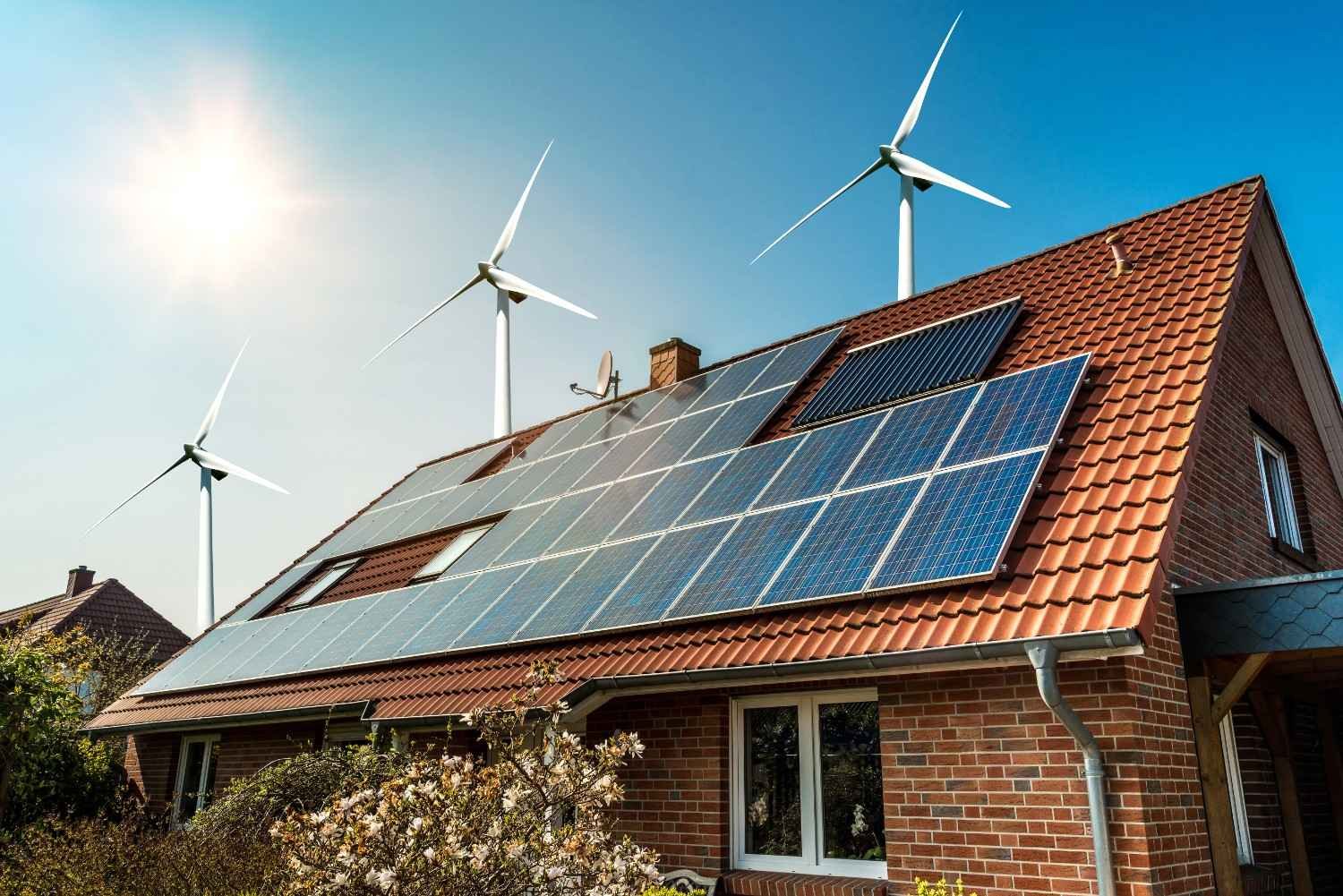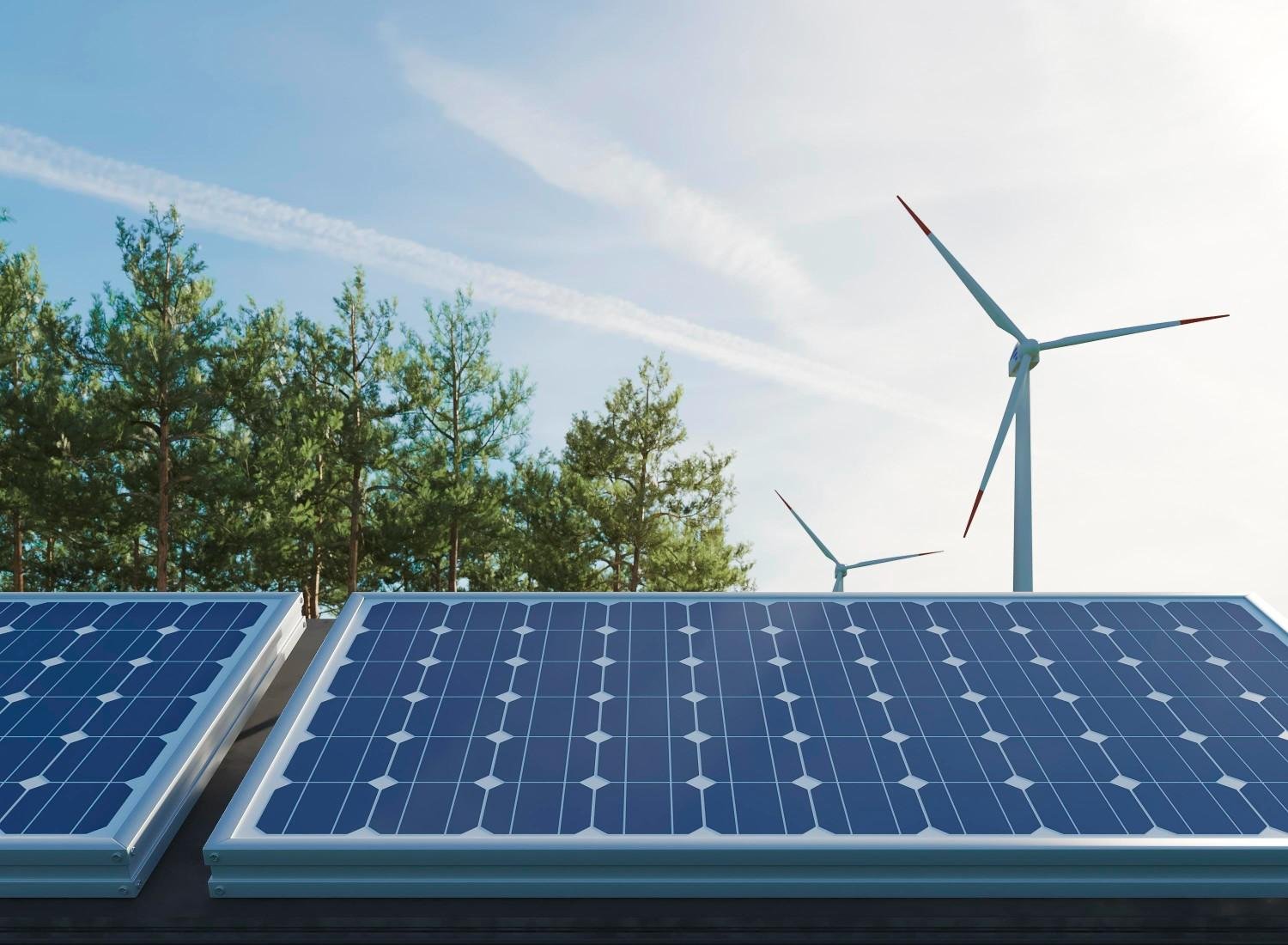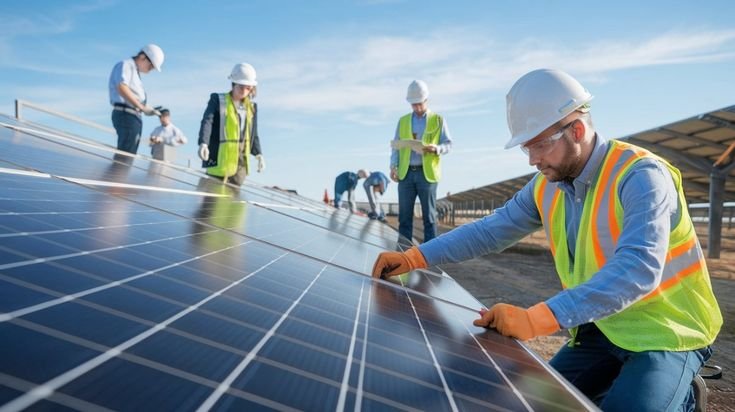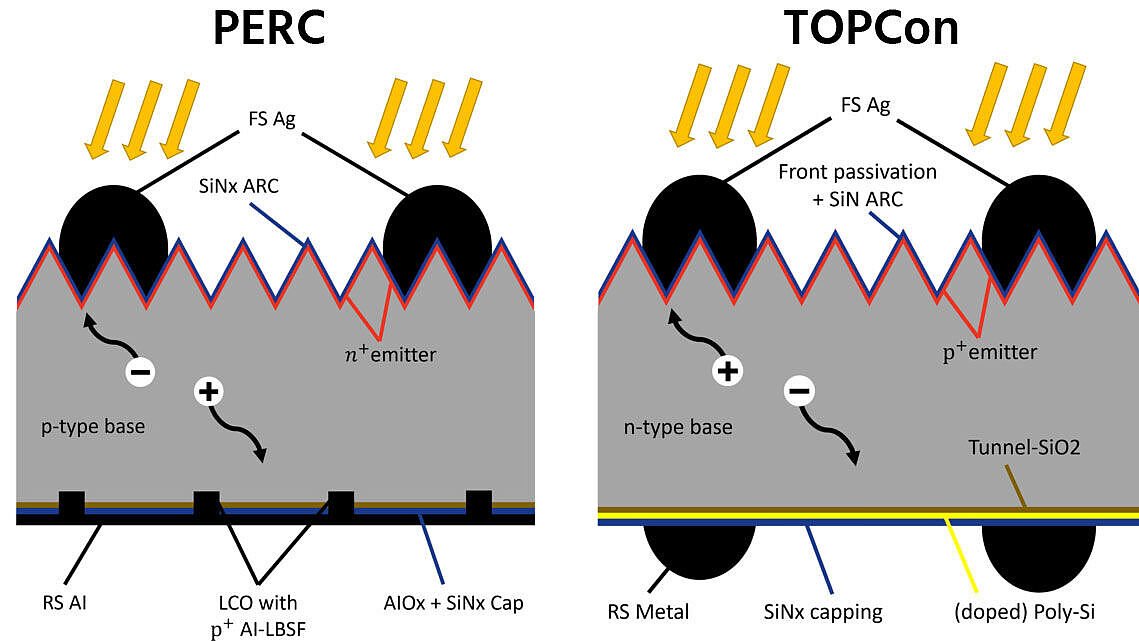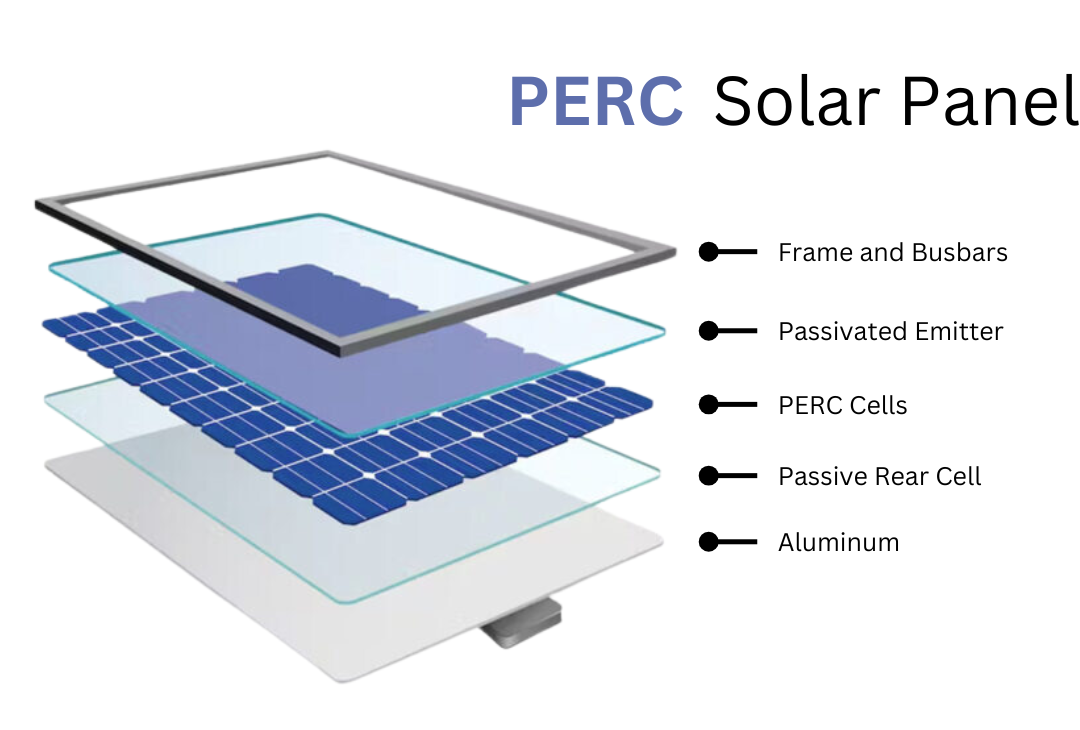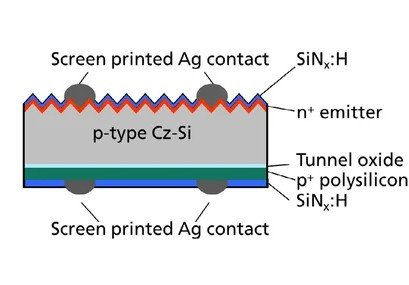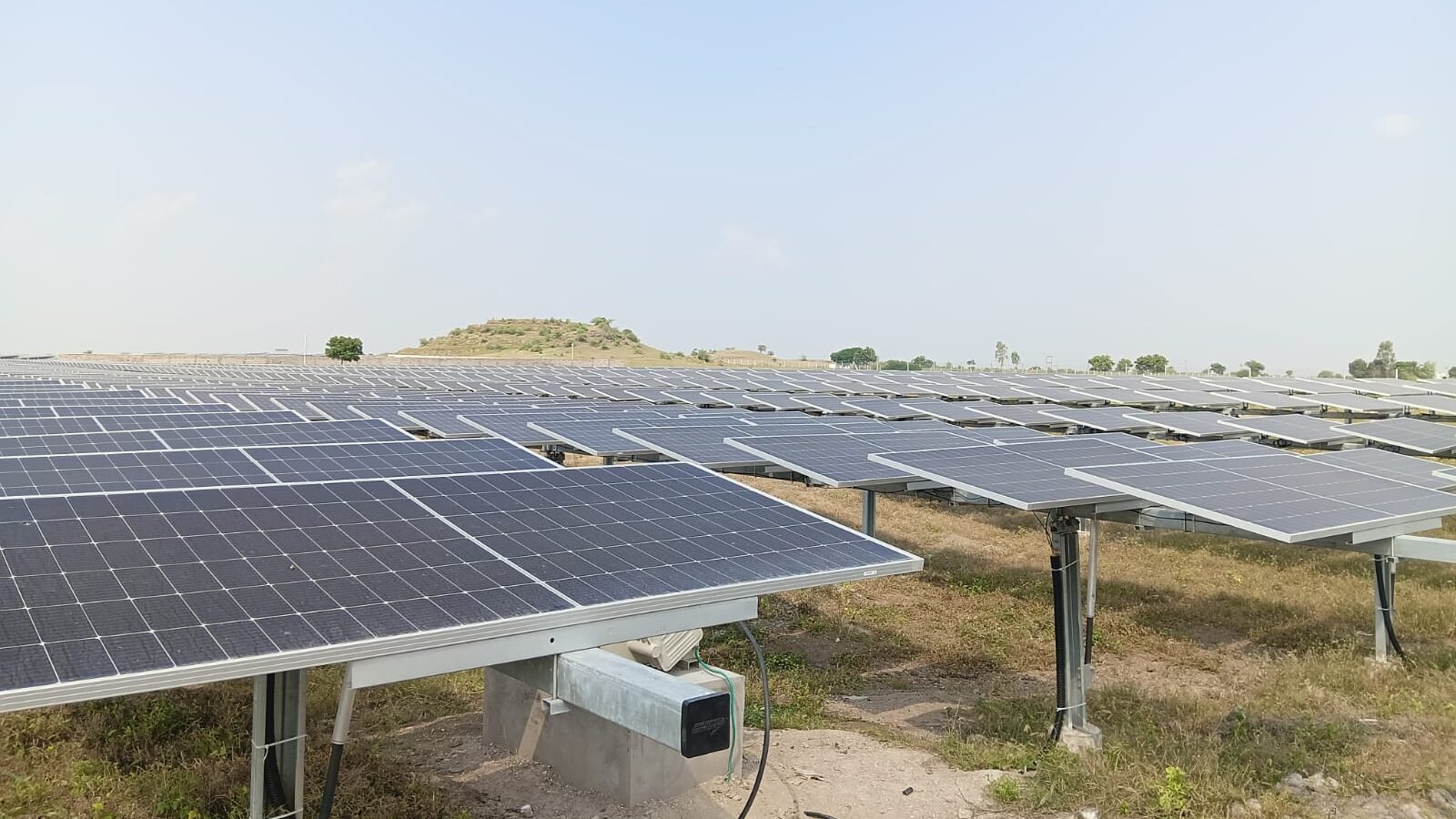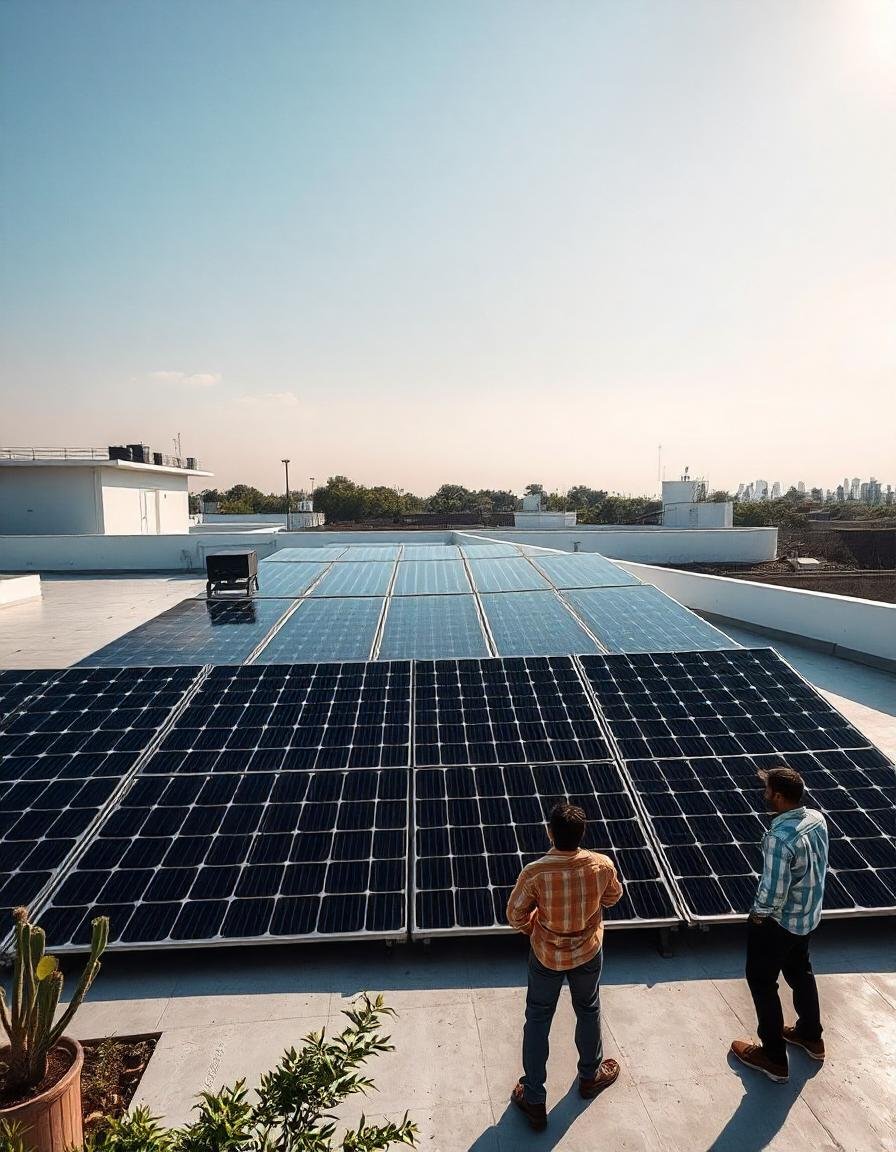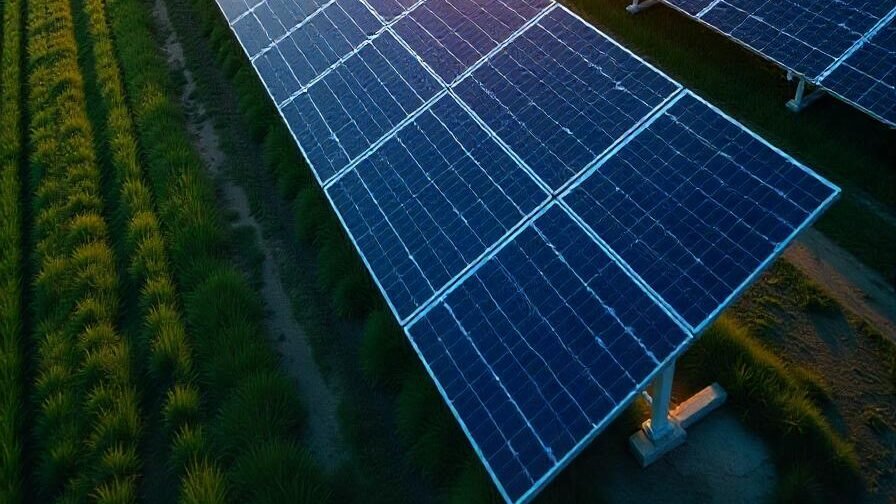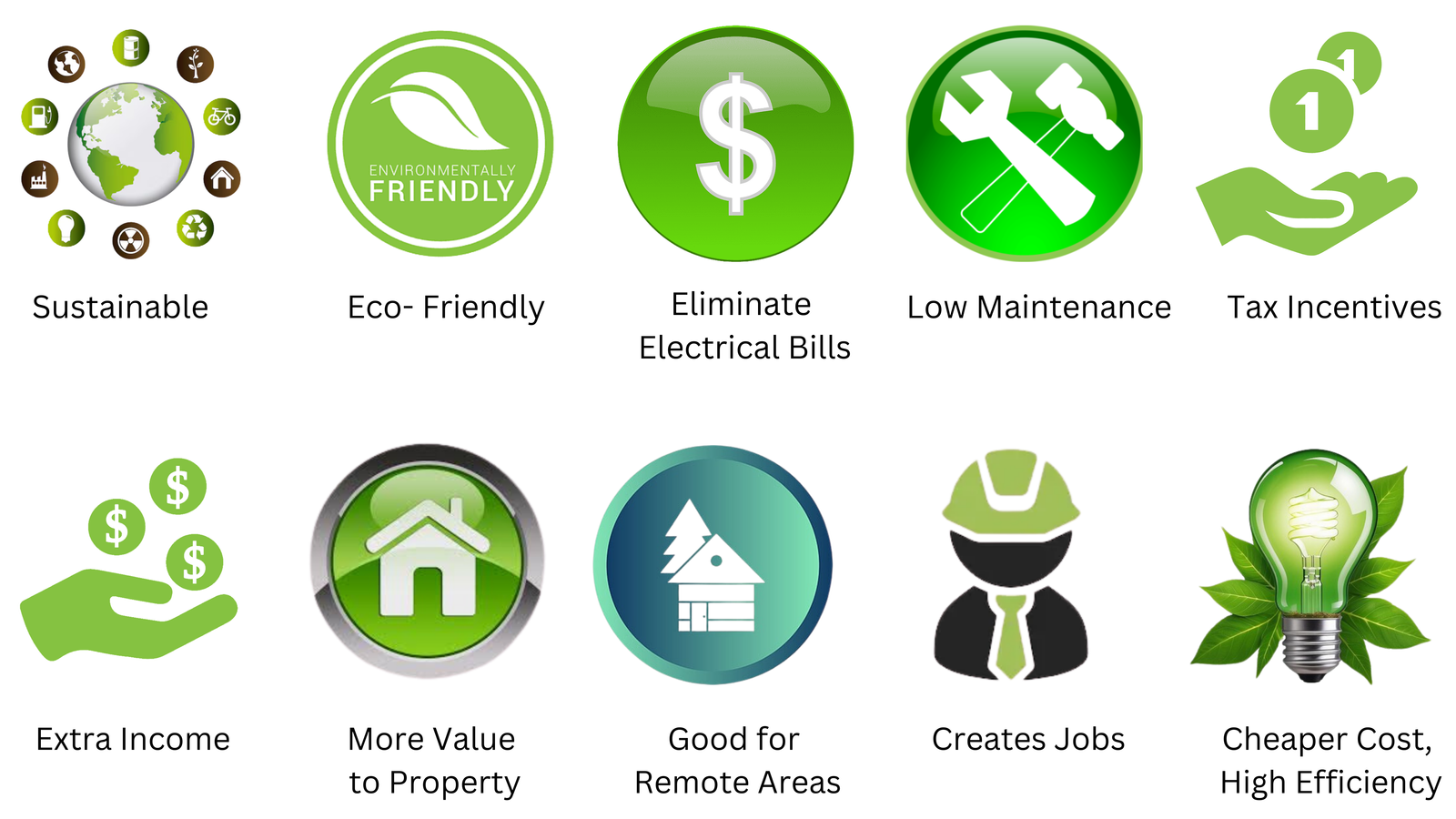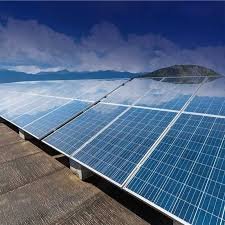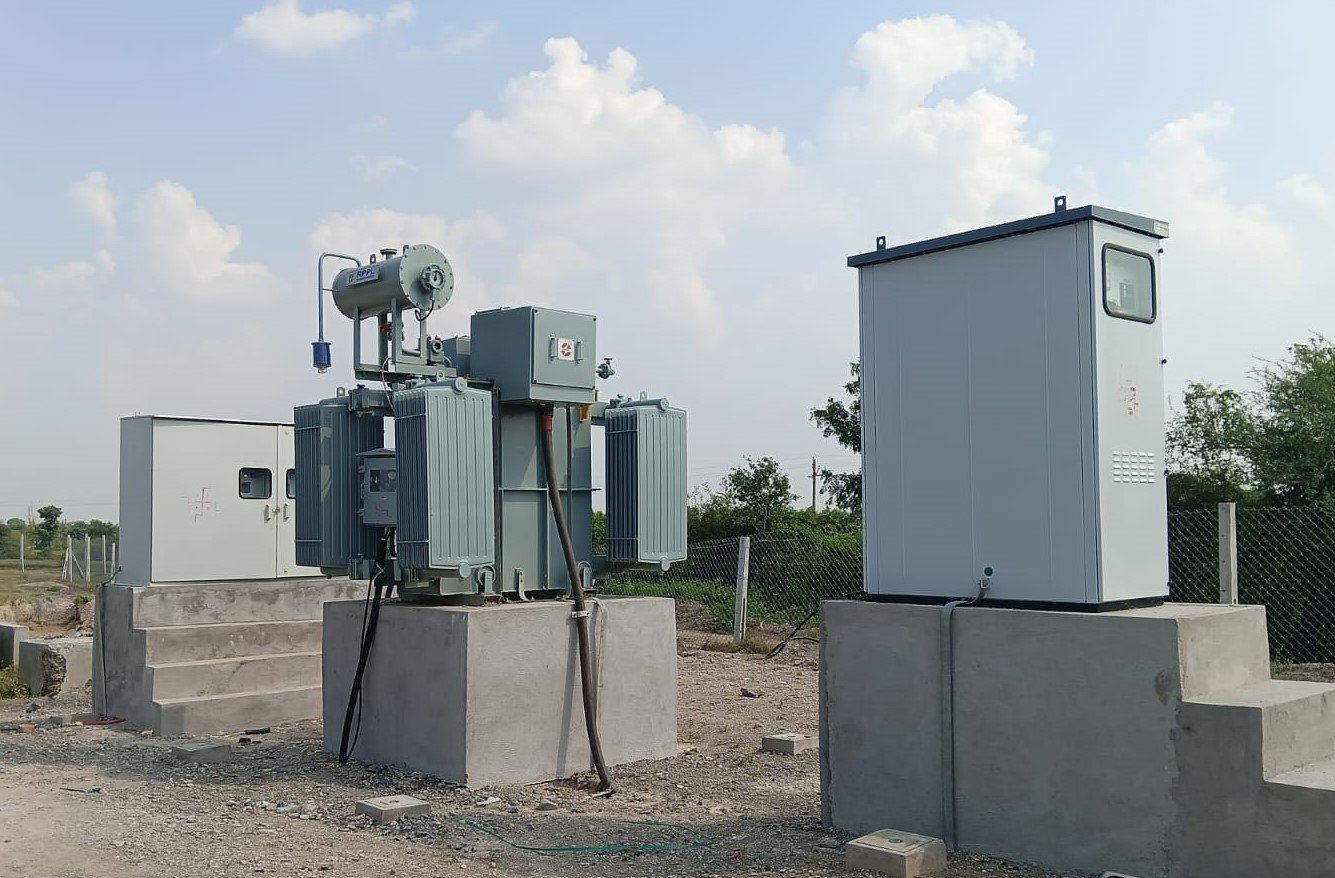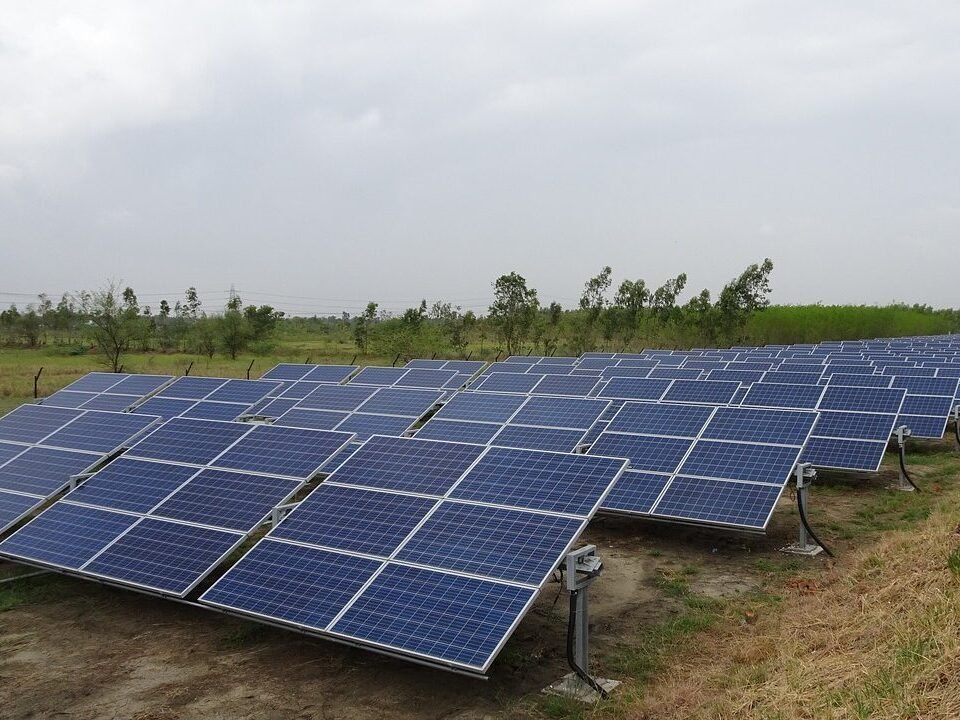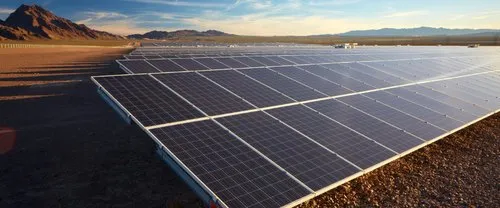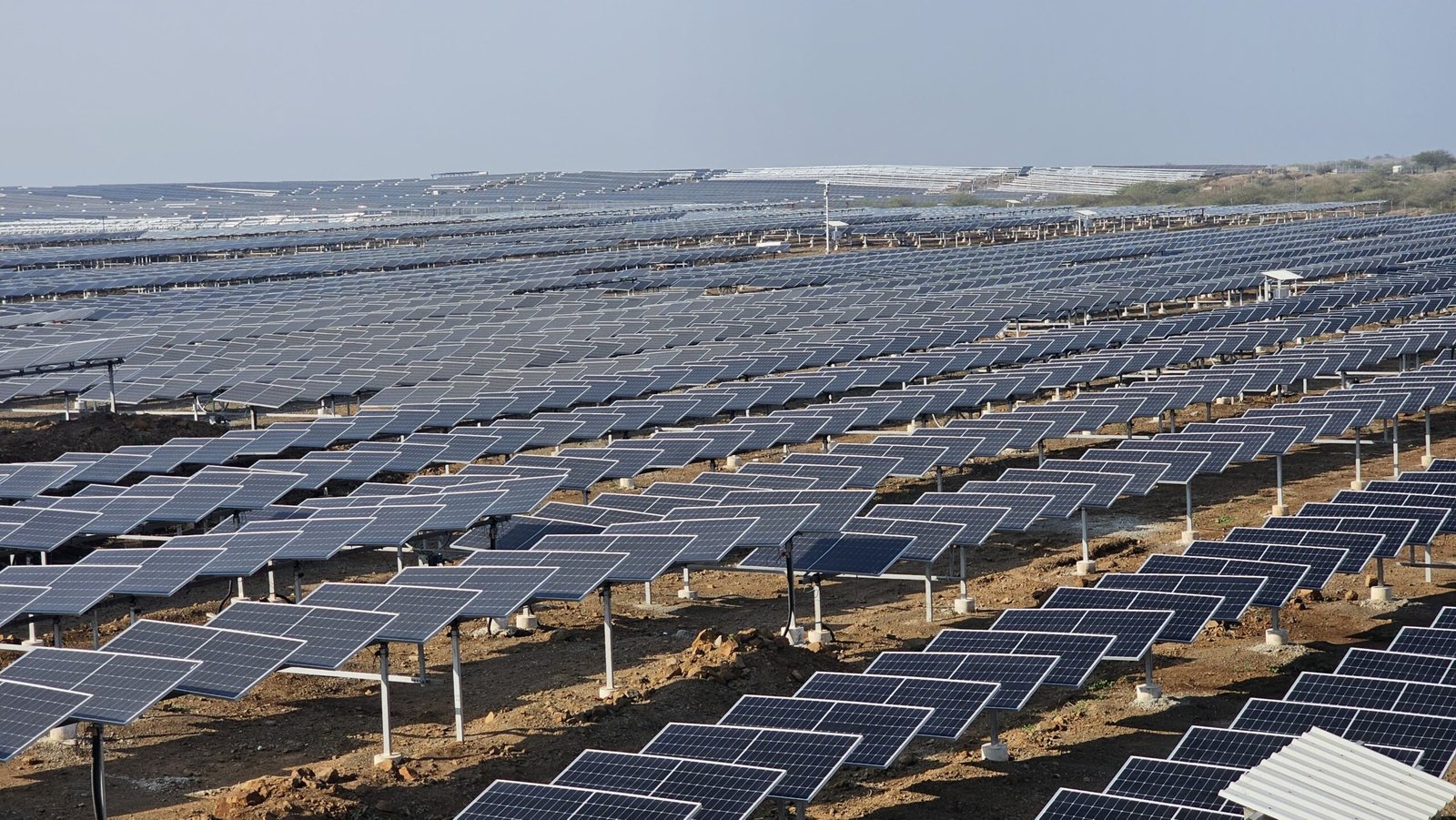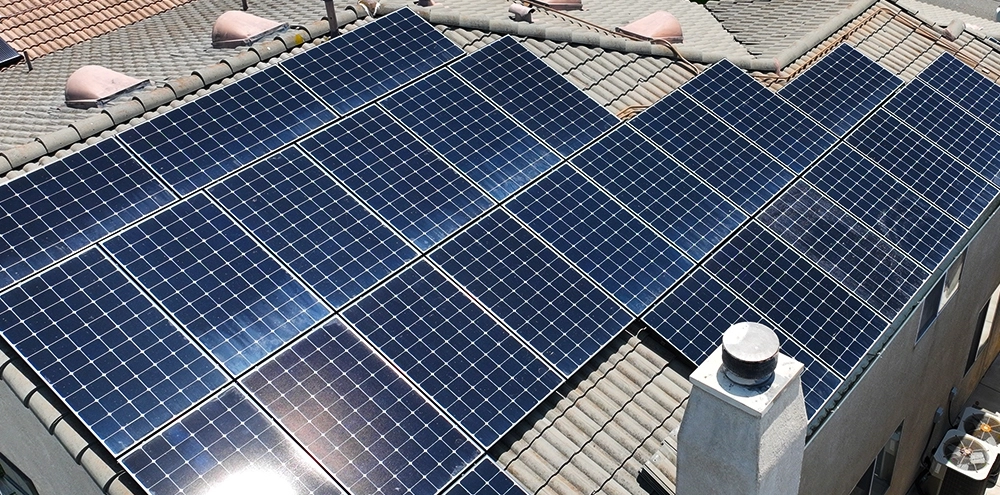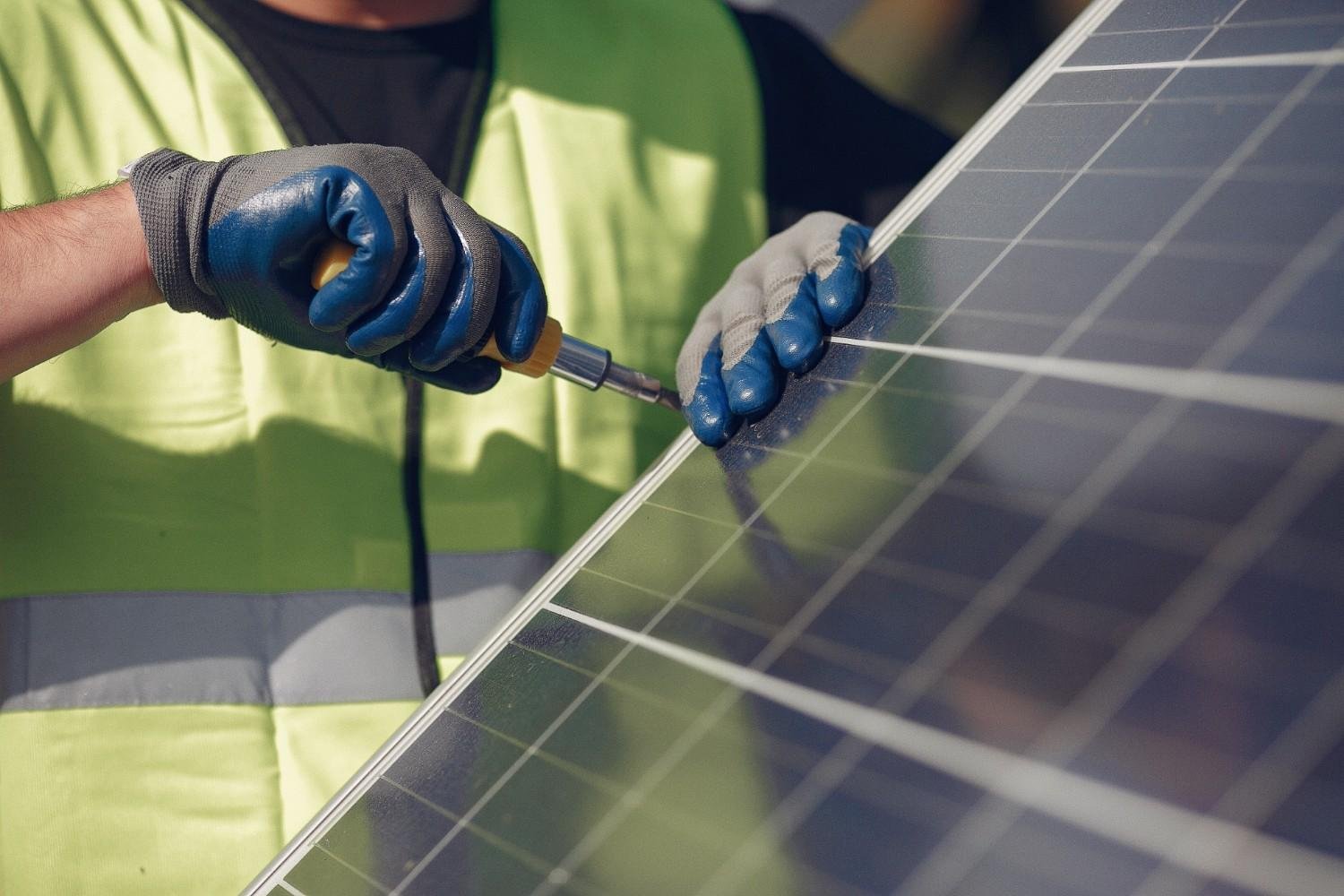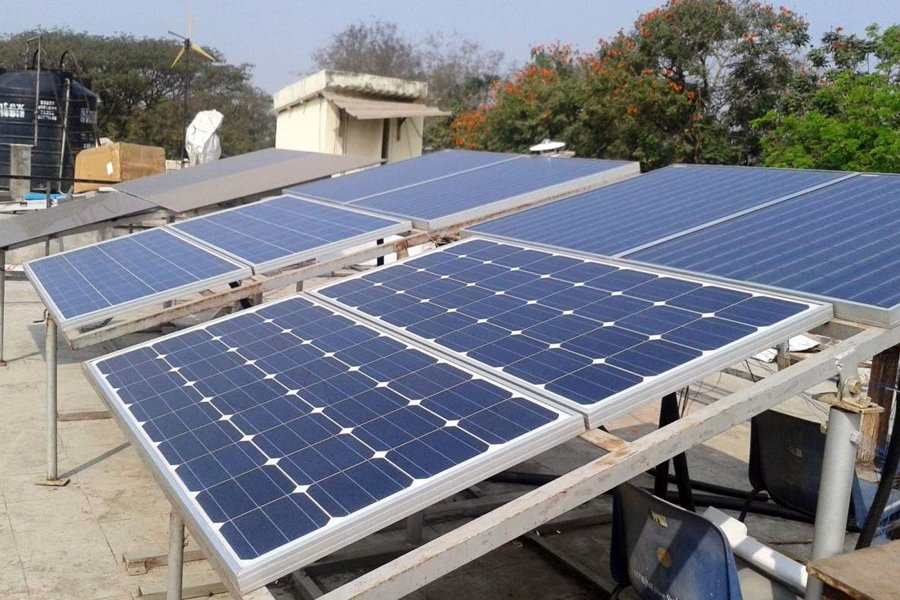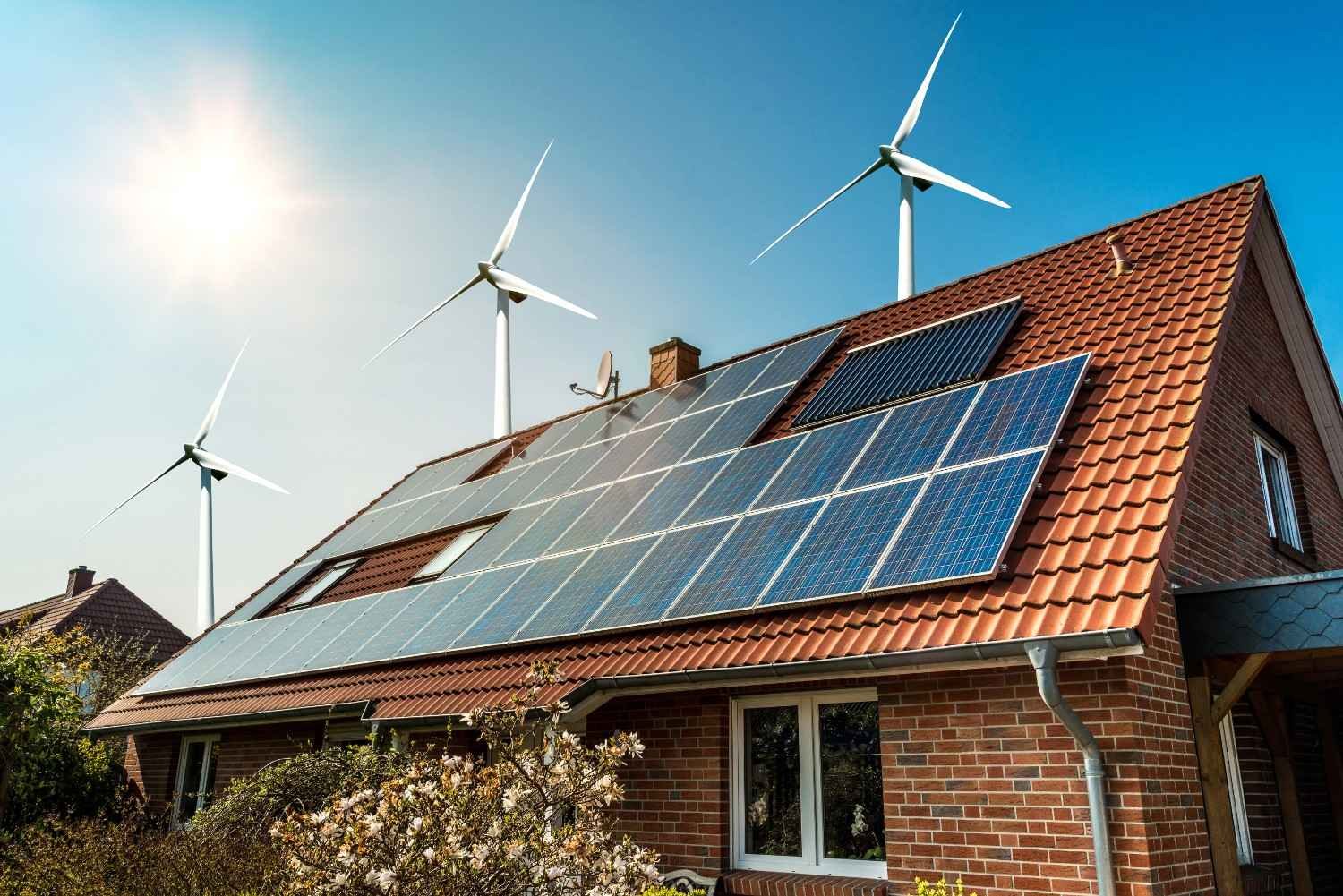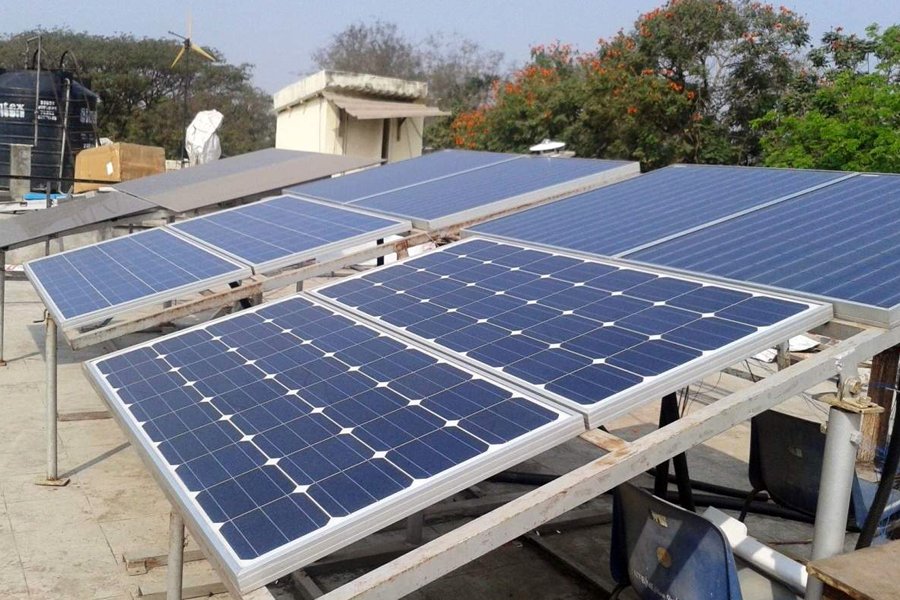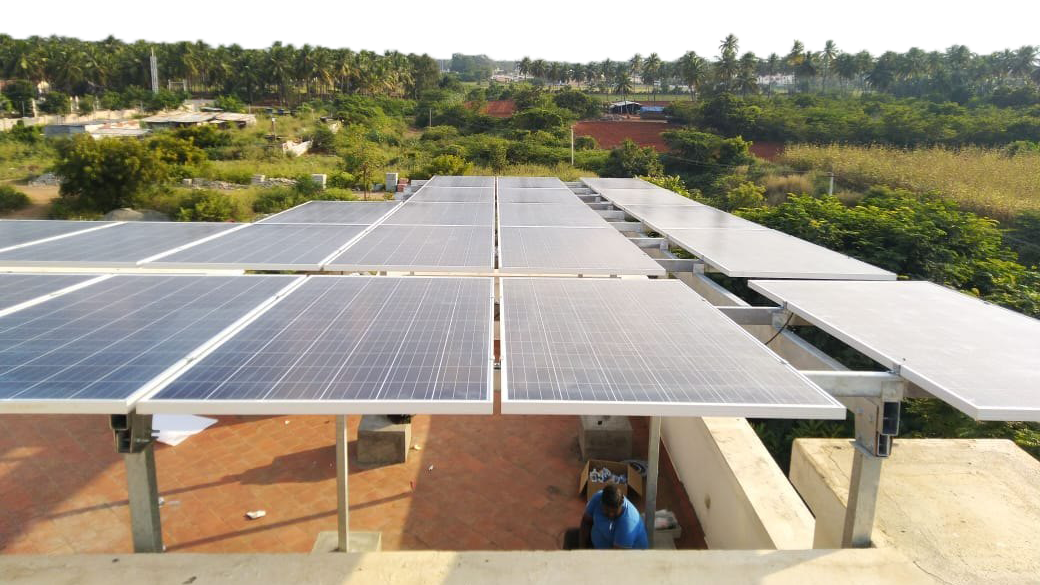In the rapidly evolving energy landscape, advanced energy storage solutions play a crucial role in ensuring efficiency, reliability, and sustainability. As renewable energy sources like solar and wind become dominant, the need for effective energy storage has never been greater. From grid-scale battery technologies to innovative thermal and mechanical storage systems, advancements in energy storage are transforming how we harness and utilize power.
Table of Contents
This comprehensive guide explores the latest breakthroughs in energy storage, their applications, and their impact on the future of energy consumption.
The Growing Need for Advanced Energy Storage
As renewable energy sources like solar and wind gain prominence, the demand for advanced energy storage solutions has never been greater. The intermittent nature of these energy sources necessitates efficient storage systems to ensure a stable and reliable power supply.
Energy storage technologies play a pivotal role in enhancing grid stability. By effectively managing the balance between energy supply and demand, these systems help prevent power outages and reduce the need for fossil fuel-based backup power plants, thereby decreasing greenhouse gas emissions. The International Energy Agency emphasizes that the rapid scale-up of energy storage is essential to meet the flexibility requirements of a decarbonized electricity system.
- Grid Stability & Reliability – Helps balance supply and demand, preventing power fluctuations.
- Renewable Energy Integration – Stores surplus energy and releases it when production is low.
- Electrification of Transportation – Supports the rising adoption of electric vehicles (EVs).
- Decentralized Energy Systems – Enables energy independence with microgrids and off-grid solutions.
- Reduction in Carbon Emissions – Minimizes reliance on fossil-fuel power plants.
Despite the positive outlook, challenges remain. Insufficient storage capacity can lead to the curtailment of renewable energy, where excess energy is wasted due to lack of storage infrastructure. For instance, in 2024, almost 10% of Britain’s planned wind output was curtailed. Addressing these challenges requires continued investment in storage technologies and grid infrastructure.

Advanced Energy Storage Solutions
1. Electrochemical Storage (Batteries)
Batteries store electrical energy chemically, offering versatility across various applications. Notable types include:
- Lithium-Ion Batteries: Widely used due to their high energy density and efficiency, prevalent in portable electronics, electric vehicles, and grid storage.
- Flow Batteries: Flow batteries store energy in liquid electrolytes, providing longer lifespan and scalability for large-scale energy storage. Unlike lithium-ion batteries, flow batteries can be recharged instantly by replacing the electrolyte, making them a reliable choice for renewable energy integration and grid stabilization.
2. Mechanical Storage
These systems convert electrical energy into mechanical energy for storage. Examples include:
- Pumped Hydro Storage: Involves pumping water to a higher elevation during low demand and releasing it through turbines during peak demand to generate electricity.
- Flywheel Energy Storage: Stores energy by accelerating a rotor to high speeds and releasing it by decelerating the rotor, providing quick response times and high power output.
3. Thermal Storage
This method stores energy in the form of heat or cold, which can be used later to generate electricity or provide heating and cooling. Materials like molten salts or phase-change materials are commonly used.
4. Compressed Air Energy Storage (CAES)
Excess electricity compresses air stored in underground caverns or tanks; during peak demand, the compressed air is heated and expanded through turbines to produce electricity.
5. Chemical Storage
Involves converting electricity into chemical energy, such as hydrogen, through electrolysis. The hydrogen can be stored and later used in fuel cells or combustion processes to generate electricity.
6. Solid-State Batteries
Solid-state batteries offer higher energy density, faster charging, and improved safety compared to traditional lithium-ion batteries. By replacing liquid electrolytes with solid materials, these batteries reduce the risk of overheating and extend battery life, making them ideal for electric vehicles (EVs) and grid storage.
7. Hydrogen Energy Storage
Hydrogen-based energy storage converts excess electricity into hydrogen through electrolysis, storing it for later use in fuel cells or power generation. This zero-emission storage method is gaining traction as a key player in long-duration energy storage and industrial applications.
8. Gravity Energy Storage
This innovative solution uses excess energy to lift heavy weights and releases power by lowering them, generating electricity. Gravity energy storage offers a low-cost, long-lasting, and eco-friendly alternative to chemical battery storage.
9. Supercapacitors
Supercapacitors store and release energy almost instantly, making them ideal for applications that require quick bursts of power. While they have lower energy capacity than batteries, they excel in durability, rapid charging, and long life cycles, making them useful for regenerative braking systems and grid support.
Benefits of Advanced Energy Storage Solutions
As the demand for clean and reliable energy grows, Advanced Energy Storage Solutions play a crucial role in optimizing energy use, stabilizing power grids, and supporting the transition to renewable energy sources. Here’s how these innovative technologies are transforming the energy landscape:
1. Improved Grid Stability and Reliability
Advanced Energy Storage Solutions act as stabilizing agents by storing excess energy during low-demand periods and releasing it when demand peaks. This helps maintain a steady power supply, reduces grid fluctuations, and mitigates the intermittency of renewable energy sources like wind and solar, ensuring a more resilient energy infrastructure.
2. Cost-Effectiveness and Economic Benefits
These storage solutions enhance economic efficiency by enabling energy arbitrage, allowing electricity to be stored when prices are low and used when demand surges. By reducing dependency on expensive grid infrastructure upgrades and minimizing operational costs linked to frequency regulation, Advanced Energy Storage Solutions contribute to significant financial savings for both utilities and consumers.
3. Maximized Renewable Energy Utilization
A major challenge with solar and wind energy is their variability. Advanced Energy Storage Solutions address this issue by storing surplus energy during optimal generation periods and delivering it when production levels decline. This seamless integration of renewable sources into the grid accelerates the shift toward a sustainable energy future.
4. Environmental Sustainability
By reducing the reliance on fossil-fuel-based power generation, Advanced Energy Storage Solutions help lower greenhouse gas emissions and decrease the environmental footprint of energy production. Their ability to store clean energy and supply it when needed enhances the overall efficiency of renewable energy adoption.
5. Increased Energy Resilience and Backup Power
These storage solutions ensure power reliability during grid failures, natural disasters, or emergencies by providing backup energy. Critical infrastructure such as hospitals, data centers, and industrial facilities benefit from uninterrupted power, enhancing overall energy security.
6. Accelerating the Transition to Decarbonized Energy Systems
Integrating Advanced Energy Storage Solutions within the power grid facilitates a smooth transition toward decarbonized energy by optimizing renewable resource utilization and reducing dependence on carbon-intensive power sources. This promotes a cleaner, greener, and more sustainable energy ecosystem.

Challenges in Energy Storage Adoption
The widespread adoption of Advanced Energy Storage Solutions is pivotal for enhancing grid reliability and integrating renewable energy sources. However, several challenges hinder their large-scale implementation:
1. High Capital Costs
The initial investment required for energy storage systems, particularly for technologies like lithium-ion batteries, remains substantial. These costs encompass not only the equipment but also installation and maintenance expenses, posing a significant barrier for utilities and consumers.
2. Supply Chain Constraints
The demand for critical materials such as lithium, cobalt, and semiconductors has led to supply shortages and increased prices. These bottlenecks are exacerbated by the growing electric vehicle market, which competes for the same resources, potentially leading to delays and higher costs for energy storage projects.
3. Regulatory and Policy Uncertainties
Inconsistent policies and a lack of standardized regulations create an uncertain environment for energy storage deployment. Ambiguities in codes and standards can complicate system design and integration, while outdated regulations may not accommodate emerging storage technologies, hindering their adoption.
4. Technological Limitations
While advancements are ongoing, current energy storage technologies face limitations in efficiency, lifespan, and scalability. For instance, many systems have restricted storage durations, making them less effective for long-term energy needs. Additionally, concerns about safety and performance, such as thermal runaway in batteries, need to be addressed to build consumer and industry confidence.
5. Industry Acceptance and Standardization
The utility industry’s cautious approach to adopting new technologies can slow down the integration of energy storage solutions. The absence of universally accepted standards and best practices further complicates deployment, as stakeholders may be hesitant to invest in systems without clear guidelines.
6. Infrastructure Integration
Integrating energy storage systems into existing power grids requires significant infrastructure modifications. Challenges include ensuring compatibility with current grid operations, managing distributed energy resources, and upgrading transmission and distribution networks to accommodate storage capabilities.
Future Prospects of Energy Storage Technology
Advanced Energy Storage Solutions are essential for accelerating the global shift toward sustainable energy systems. Innovative technologies such as solid-state batteries, quantum batteries, and flow batteries are revolutionizing energy storage by enhancing grid stability, improving renewable energy integration, and promoting environmental sustainability. The market for Advanced Energy Storage Solutions is expected to expand significantly, growing from $43.4 billion in 2023 to $83.4 billion by 2030, driven by advancements in technology, supportive government policies, and the increasing incorporation of renewable energy into power grids.
By mitigating the intermittency of renewable energy sources like solar and wind, Advanced Energy Storage Solutions ensure a more reliable and consistent power supply. However, several challenges must be addressed, including cost-efficiency, material availability, and regulatory complexities. Achieving high discharge efficiency and reducing energy storage costs will be key to widespread adoption. Additionally, the industry must focus on developing alternative materials and recycling methods to overcome supply chain risks. Establishing clear regulatory frameworks is also essential to facilitate the seamless integration of Advanced Energy Storage Solutions into existing energy infrastructures, paving the way for a more resilient and sustainable energy future.

FAQs on Advanced Energy Storage Solutions
1. What are Advanced Energy Storage Solutions?
Advanced Energy Storage Solutions refer to innovative technologies that store electricity for later use, ensuring grid stability and efficient energy management. These solutions include solid-state batteries, flow batteries, hydrogen storage, thermal energy storage, and more.
2. Why is energy storage important for renewable energy?
Energy storage helps balance the intermittent nature of renewable sources like solar and wind by storing excess energy during peak production and releasing it when demand is high, ensuring a stable power supply.
3. What are the most common types of energy storage technologies?
Some key Advanced Energy Storage Solutions include:
- Solid-State Batteries – High energy density and safety
- Flow Batteries – Long lifespan and scalability
- Hydrogen Storage – Converts electricity into hydrogen fuel
- Gravity Energy Storage – Uses potential energy from lifted weights
- Supercapacitors – Fast charging and discharging cycles
- Compressed Air Energy Storage (CAES) – Stores energy as compressed air
- Thermal Energy Storage – Stores heat or cold for later use
4. What are the benefits of Advanced Energy Storage Solutions?
- Grid Stability & Reliability – Reduces power fluctuations
- Cost Savings – Enables energy arbitrage and reduces peak-hour costs
- Renewable Integration – Enhances solar and wind energy adoption
- Environmental Benefits – Reduces reliance on fossil fuels
- Energy Resilience – Provides backup power during outages
5. What is the future of Advanced Energy Storage Solutions?
The global energy storage market is projected to grow significantly, driven by advancements in battery technology, supportive government policies, and increased renewable energy adoption. Emerging technologies like quantum batteries and solid-state storage are expected to revolutionize the industry.
6. Are there any challenges to energy storage adoption?
Yes, some challenges include:
- High Initial Costs – Some storage technologies require large investments
- Material Scarcity – Limited availability of raw materials like lithium
- Efficiency Limitations – Some systems have energy losses during storage and retrieval
- Regulatory Barriers – Need for clear policies to integrate storage into power grids
7. How can businesses and homeowners benefit from energy storage?
- Businesses can reduce electricity costs, ensure power reliability, and contribute to sustainability goals.
- Homeowners can install solar-plus-storage systems to lower electricity bills and gain energy independence.
8. How do Advanced Energy Storage Solutions contribute to decarbonization?
By enabling greater use of renewable energy, reducing dependence on fossil fuel power plants, and improving energy efficiency, these solutions help in cutting carbon emissions and combating climate change.
9. What industries benefit the most from energy storage solutions?
- Renewable Energy Sector – Solar and wind energy integration
- Electric Vehicles (EVs) – Battery advancements for longer range
- Manufacturing & Industry – Backup power and energy cost reduction
- Smart Grids & Utilities – Improved grid stability and efficiency
10. How can I invest in Advanced Energy Storage Solutions?
You can invest in solar battery storage for your home or business, support clean energy startups, or participate in government-backed energy programs promoting storage adoption.
Conclusion
Advanced Energy Storage Solutions are the backbone of a sustainable and resilient energy future. As renewable energy adoption accelerates, the need for efficient, cost-effective, and scalable storage solutions becomes more critical than ever. Innovations in solid-state batteries, quantum batteries, and long-duration storage are transforming energy management, ensuring grid stability, and reducing dependence on fossil fuels.
However, to fully unlock the potential of Advanced Energy Storage Solutions, overcoming challenges related to cost, efficiency, and regulatory support is essential. Governments, businesses, and innovators must collaborate to drive investments, enhance policies, and develop sustainable storage technologies.
If you’re looking to integrate Advanced Energy Storage Solutions into your energy strategy, now is the time to act. Stay ahead in the renewable energy transition by exploring the latest storage technologies, investing in sustainable solutions, and advocating for supportive policies. Join the movement toward a cleaner, greener, and more energy-efficient future!
